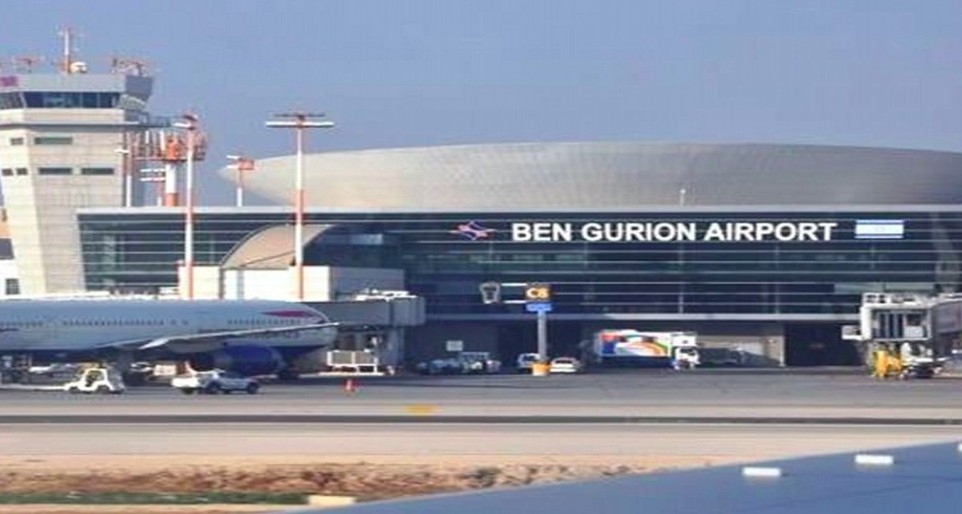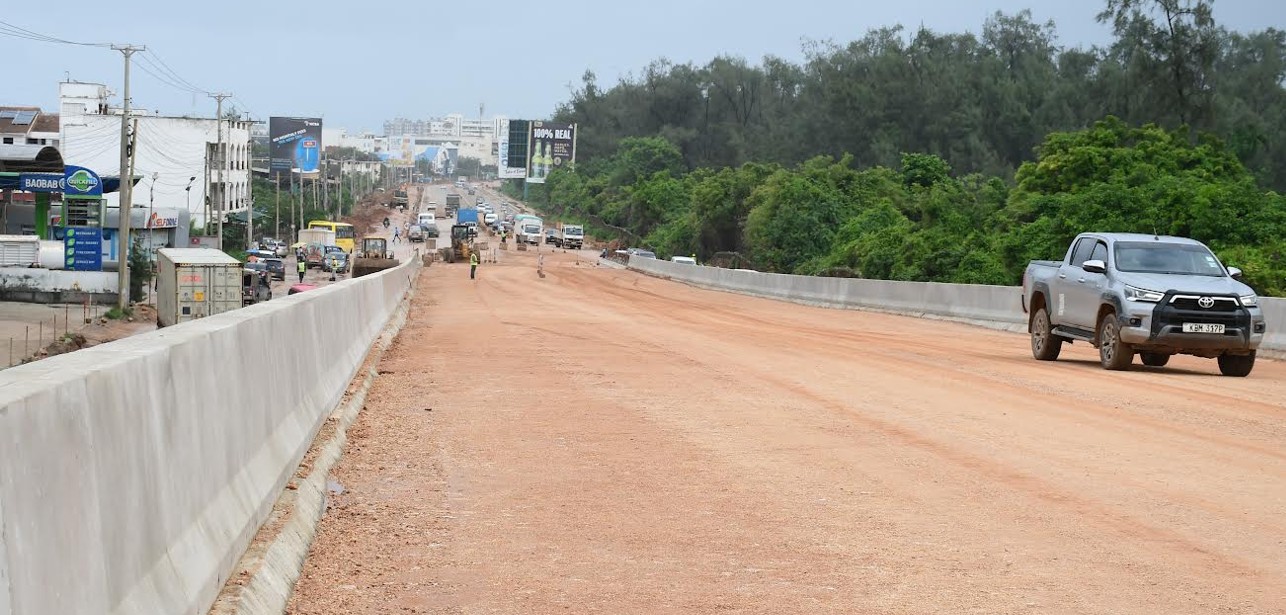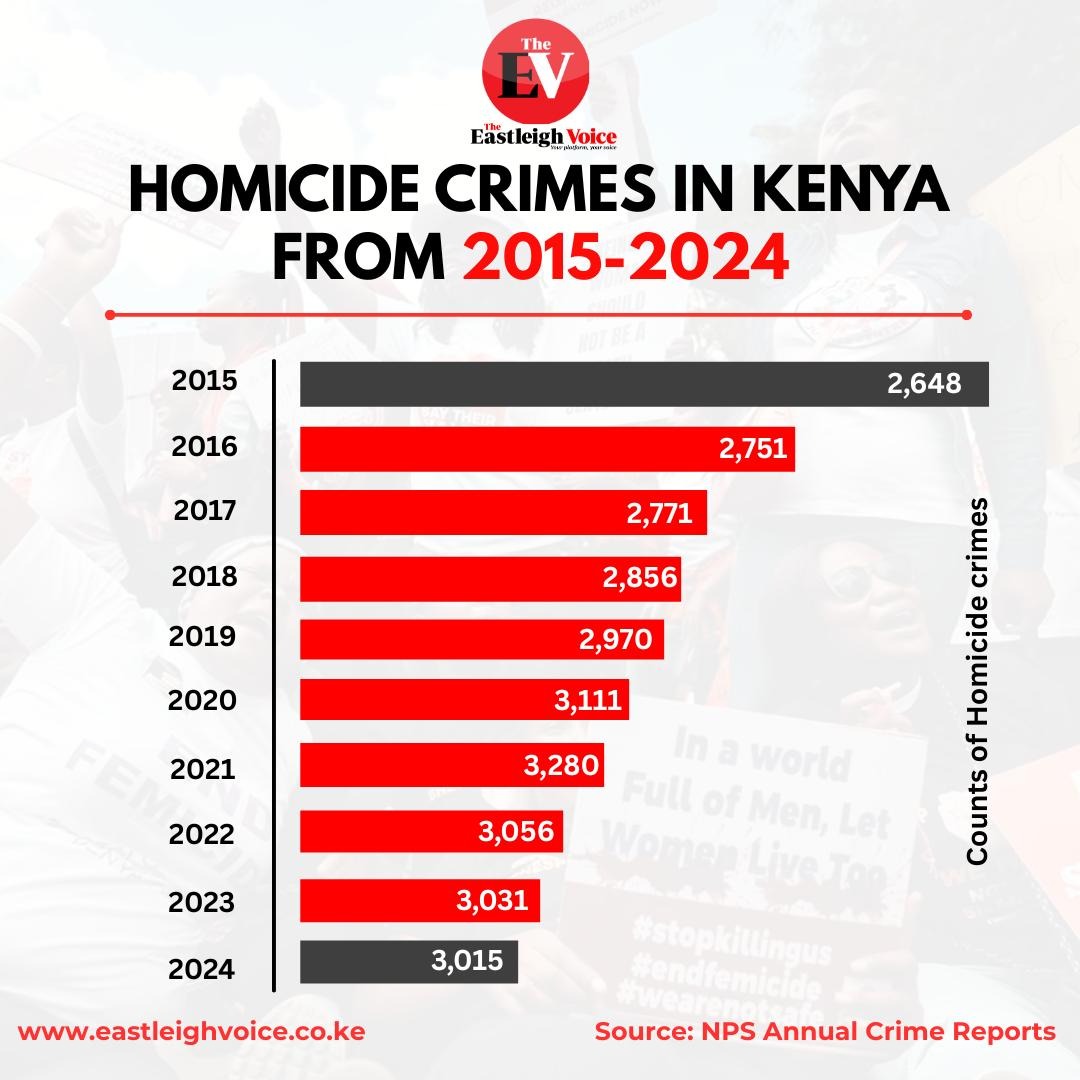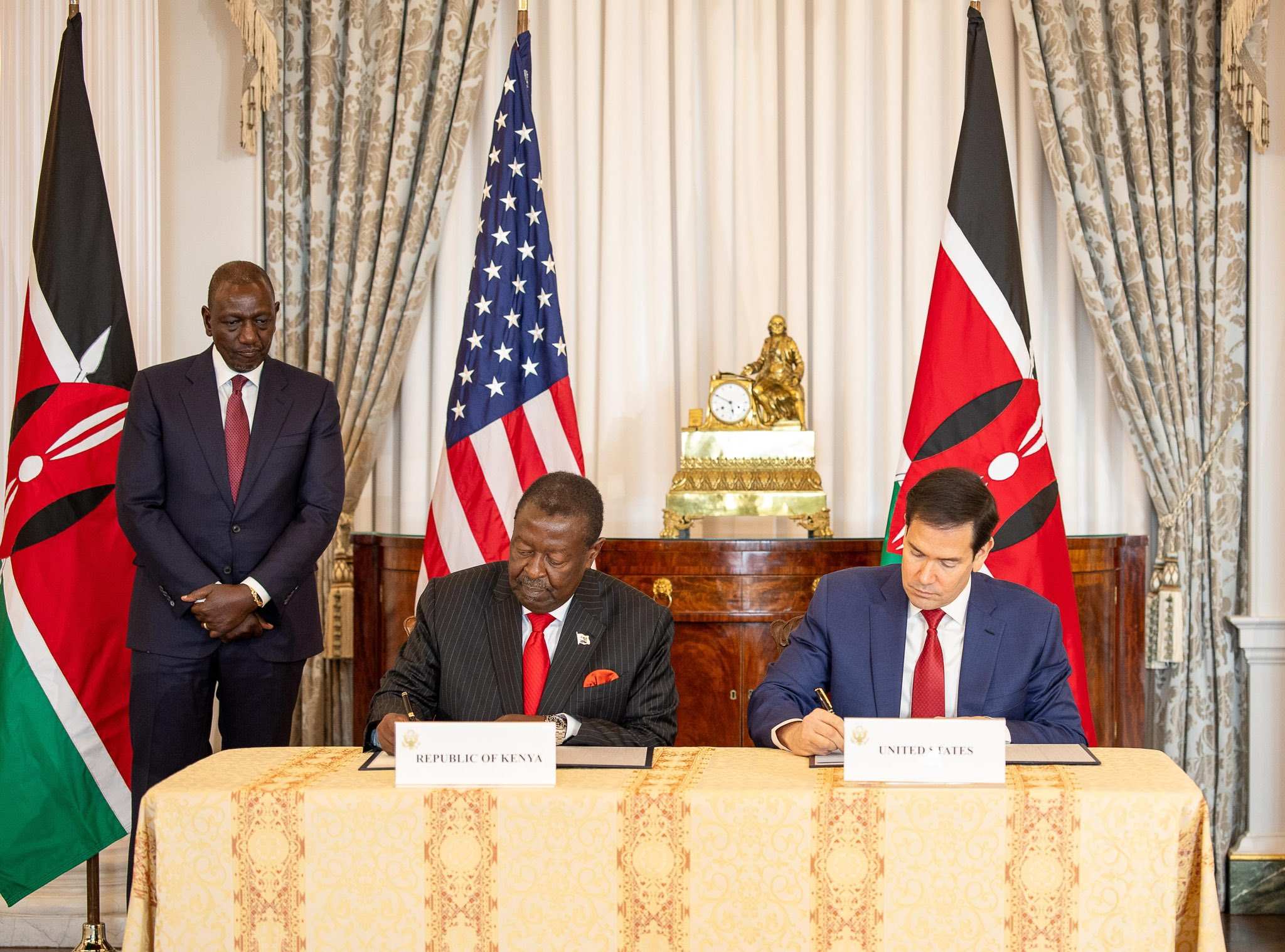Over 300 boarding schools deemed non-compliant after nationwide safety audit

The 348 boarding schools which have been deemed unsafe will transition to day-only operations from January 2025.
Starting January 2025, 348 boarding schools which have been deemed unsafe will transition to day-only operations following a comprehensive safety audit by the Ministry of Education.
The move comes after the tragic fire at Hill Side Endarasha Academy in September, which claimed 21 lives, prompting the Ministry to reassess the safety conditions of boarding schools across the country.
More To Read
- Government dismisses reports of boarding fee increase in public senior schools
- Nakuru Girls High School closed indefinitely after students riot, destroy exam materials
- Mombasa Senator flags poor state of fire stations after weekend inferno
- Day school scholarships lead to sharp decline in enrollment in Tana River boarding schools
- Relief for schools as state releases Sh14 billion capitation funds after delays
- Unsafe boarding schools: State urges parents to move children ahead of reopening on January 6
Education Cabinet Secretary Julius Ogamba on Friday announced the findings of the audit, which identified significant safety concerns in these schools.
"Major concerns pointed out during exercise include dormitory safety, sanitation, fire equipment maintenance, and overall learner welfare. These measures demonstrate our commitment to ensuring a safe and conducive learning environment," he said.
Following the Endarasha tragedy in September, the Ministry of Education launched an audit of all boarding schools to evaluate their adherence to safety standards.
The move followed a worrying rise in incidents, including 107 school fires and 239 cases of unrest reported since January.
CS Ogamba shared these details with the National Assembly, noting that 36 of the 107 fires occurred during the third term, with dormitories being the primary targets.
"Since January 2024, to September 16, 2024, there have been 107 fire incidents in our schools, with 36 of these occurring in this Third Term," Ogamba said.
"The fires have mainly targeted dormitories. The total number of schools affected by unrest since the beginning of 2024 stands at 239," he added.
The audit aimed to pinpoint areas where schools are failing to meet safety standards and to identify shortcomings in the administration of the institutions.
The findings according to the CS would help determine what actions need to be taken, both against non-compliant schools and the officers responsible for their management.
Preliminary assessments
Preliminary assessments suggested that the unrest and fires may be linked to various factors, including strained relationships between school administrators and students, interference by local communities, examination stress, peer pressure, drug and alcohol abuse, and overall indiscipline.
Ogamba noted the ministry's multi-stakeholder approach, involving local leaders and communities, to address these issues.
"Each incident is investigated and dealt with according to the attendant circumstances," he said, adding that the ministry has collaborated with the criminal justice system to ensure those responsible for arson and loss of life face consequences.
The issue of school safety became even more pressing after the September fire at Endarasha Academy. In response, a petition was filed in September with the National Assembly, calling for stricter laws to hold school administrators accountable for ensuring student safety.
 Deputy President Kithure Kindiki and Education PS Belio Kipsang' at Hillside Endarasha Academy, Nyeri County following at tragic fire incident on September 6, 2024. (Photo: Ministry of Interior and National Administration)
Deputy President Kithure Kindiki and Education PS Belio Kipsang' at Hillside Endarasha Academy, Nyeri County following at tragic fire incident on September 6, 2024. (Photo: Ministry of Interior and National Administration)
The petition, filed by public litigation lawyer John Wangai and Kenya Universities Students Organisation President Anthony Manyara, advocates for a comprehensive School Safety and Security Act.
This proposed law would set stringent regulations to protect students and impose severe penalties, including fines and closure, on schools that fail to comply with safety standards.
Mandatory annual fire safety audits
One of the key proposals in the petition is the introduction of mandatory annual fire safety audits for all schools.
These audits, conducted by certified professionals, would ensure schools meet fire safety standards and implement necessary measures like fire detection systems, alarms, extinguishers, and emergency exits.
The petition also calls for regular fire drills and emergency preparedness exercises for students and staff, at least twice a year, to ensure readiness in case of emergencies.
Further, the petition advocates for periodic training of staff and students on fire safety, first aid, and disaster management.
This training would ensure that in the event of a fire or other disaster, all individuals in the school are well-prepared to act swiftly and effectively.
Additionally, the petition urges the establishment of clear communication protocols with emergency services during crises, ensuring swift and efficient responses.
Another aspect of the petition is the call for the enforcement of structural safety standards in school buildings, particularly dormitories, laboratories, kitchens, and other key facilities.
The petitioners also suggested the establishment of a monitoring and evaluation system to ensure that schools continuously adhere to safety standards and improve their safety measures where necessary.
This push for stronger school safety laws is rooted in the tragic history of school fires in Kenya, which have claimed many young lives.
The fire at Endarasha Academy was the latest in a series of deadly school fires.
In 2022, a fire at Moi Girls High School in Kibra killed eight students, while in 2001, 67 students died in a fire at Kyanguli Secondary School.
Other schools, including St. Kizito in Tigania, Bombolulu Girls in Mombasa, and Endarasha Boys Secondary, have also experienced devastating fires.
An audit conducted by Auditor General Nancy Gathungu in 2020 highlighted alarming gaps in fire safety preparedness in schools.
The report pointed out the absence of fire safety policies, inadequate fire detection and alarm systems, poorly maintained extinguishers, and a failure to conduct regular emergency drills.
It also revealed that many schools had not trained staff or students on how to respond to emergencies, putting lives at risk.
The audit also found structural problems, such as dormitories with insufficient emergency exits, doors that opened inward, and windows with metal grills, making evacuation difficult during emergencies.
Top Stories Today












































